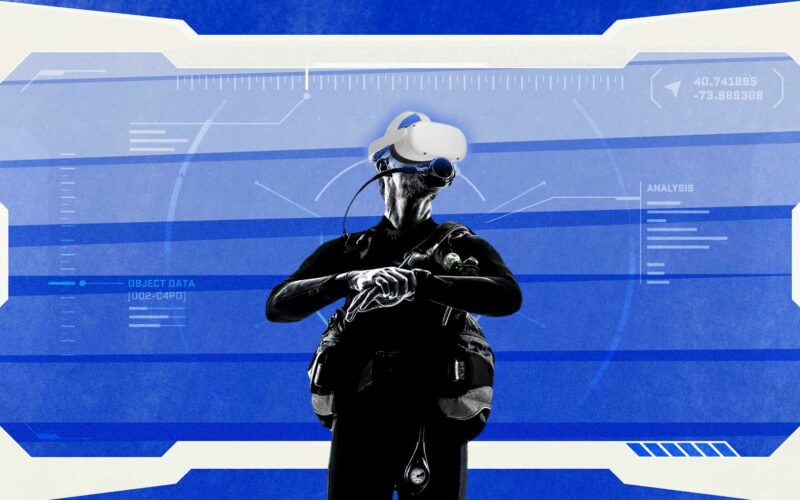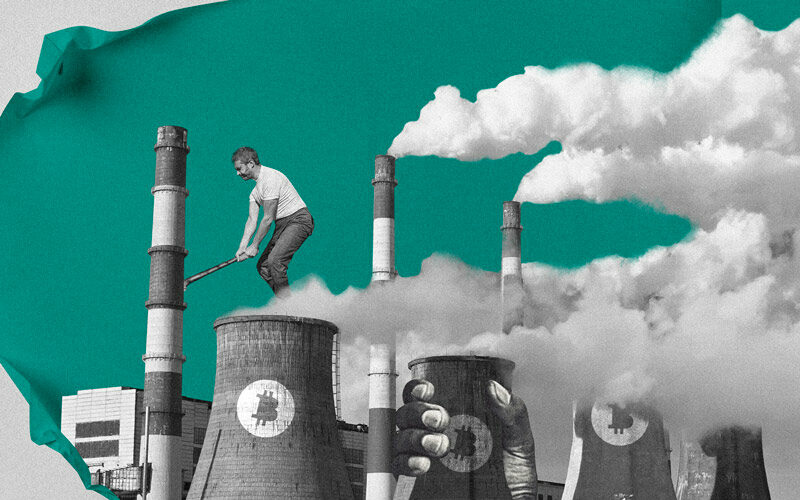Despite Mark Zuckerberg swearing the Metaverse is “the next chapter of the internet”, no one’s buying it – literally or metaphorically.
Meta’s stock prices fell 24% in Q3 2022, everyone’s laughing at the MV’s shitty graphics, and it’s killing the environment to top it off.
But a bittersweet use case has emerged: cultural preservation of an island sinking into the sea.
The island nation Tuvalu is digitally recreating itself on the Metaverse to save its heritage from rising sea levels.
As foreign minister Simon Kofe announced at COP27: “Our land, our ocean, our culture are the most precious assets of our people. And to keep them safe from harm… we’ll move them to the cloud.”
Clawing back credibility
Examples of actual value in the MV may be lending credibility where cool-factor has been seriously flagging.
It’sit’s reviving the flagging interest of corporate brands who have so far poured over USD $120 billion into their own Metaverse products (often with little ROI).
Brands are slowly getting comfortable with virtual events and selling digital products as NFTs, with the obvious environmental benefit that physical products and advertising materials can be replaced with digital ones.
Nike, for example, has teamed up with Roblox to bring the virtual world “Nikeland” to life. The interactive VR playground is designed to “turn sport and play into a lifestyle” where users can play tag or dodgeball online.
Its NFT sales have been a massive success, raking in USD $185 million in revenue.
Japanese startup H2L allows users to feel physical sensations in VR with UnlimitedHand, a wristband that can mimic pain, wind, and catching a ball.
H2L raised USD $8.4 million in 2022 and hopes to go for an IPO worth USD $154 million in the next 5 years.
And with an estimated revenue opportunity of USD $1 trillion, big-name corporations like Disney, Amazon, Shopify, Hyundai, and Microsoft are hopping on the VR hype train.
But despite being the OG virtual world, the Metaverse is still Big Tech’s problem child.
From users quickly losing interest and abandoning the MV after just a month, to Meta losing a staggering USD $9.4 billion after pouring billions into the project.
The question is: is Zuck’s Metaverse just a bad example of something that could be really good?
Are these emerging use cases enough to encourage brands and startups to embrace their own versions of the virtual?
Can brands move online?
A climate question mark
VR’s first hurdle is that nothing can be cool without being green.
Hopping on board with the new vision for a naff technology, Nvidia is aiming to revolutionise the way scientists predict weather patterns with Earth-2, a supercomputer hosted on its Omniverse.
Then there’s the digital/virtual twin initiative, where an organisation’s operations are replicated online, kind of like a back-up.
Virtual twin technologies can model the flow of energy distribution of real-world buildings (which account for 40% of global energy demand and a third of global greenhouse gases), and cut emissions by 30 to 80%.
Brands as well as nations are doing something positive with this emerging tech.
But that doesn’t mean the tech is positive.
The Metaverse is a go-to arketplace for brands to showcase and sell digitised products as NFTs. But this new frontier of e-commerce brings grave environmental concerns.
The MV is built on AI models and cloud services that consume huge amounts of energy.
An NFT produces 48 kilograms of CO2 per transaction – the equivalent of burning 18 litres of diesel. With total NFT sales netting USD $24.7 billion in 2022, widespread adoption of the Metaverse may lead to a massive spike in CO2 emissions.
Brands may be embracing the MV, but all will be held to account if the footprint outweighs the fun.
The lesser evil
With the Metaverse’s power to generate up to USD $5 trillion in value by 2030, it’s no wonder companies are still heavily investing despite the uncertainty.
Can the good ever outweigh the badBut can it actually help the planet rather than harm it?
The Metaverse, nonprofits, and startups
Unfortunately, this brave new world is not without old social problems. Horizon Worlds has caught its first documented incident of sexual harassment. And Bloomberg Opinion columnist Parmy Olsen described her experience in the Metaverse as awkward and uncomfortable.
Further, thanks to tight budgets for R&D, nonprofits are virtually non-existent in the MV.
But to get more nations, nonprofits, and new innovators using the ‘verse, we need a mindset shift from fearing the unknown to exploring the multiple social benefits.
Meta VR artist Vivian Galinari posits that VR won’t replace people’s daily lives or IRL activities, but enhance them.
“Hopefully, it might mean that we will be able to live in less crowded cities, have a better quality of life, and still feel like we’re connected to a workspace and other global communities.”
It’s undeniable there are use cases, benefits, and opportunities for brands. Virtual worlds are already getting cooler. They just need to get greener.
Will we all one day live in the digital world instead of the physical? Probably not. But maybe one day we’ll live in the best of both.










